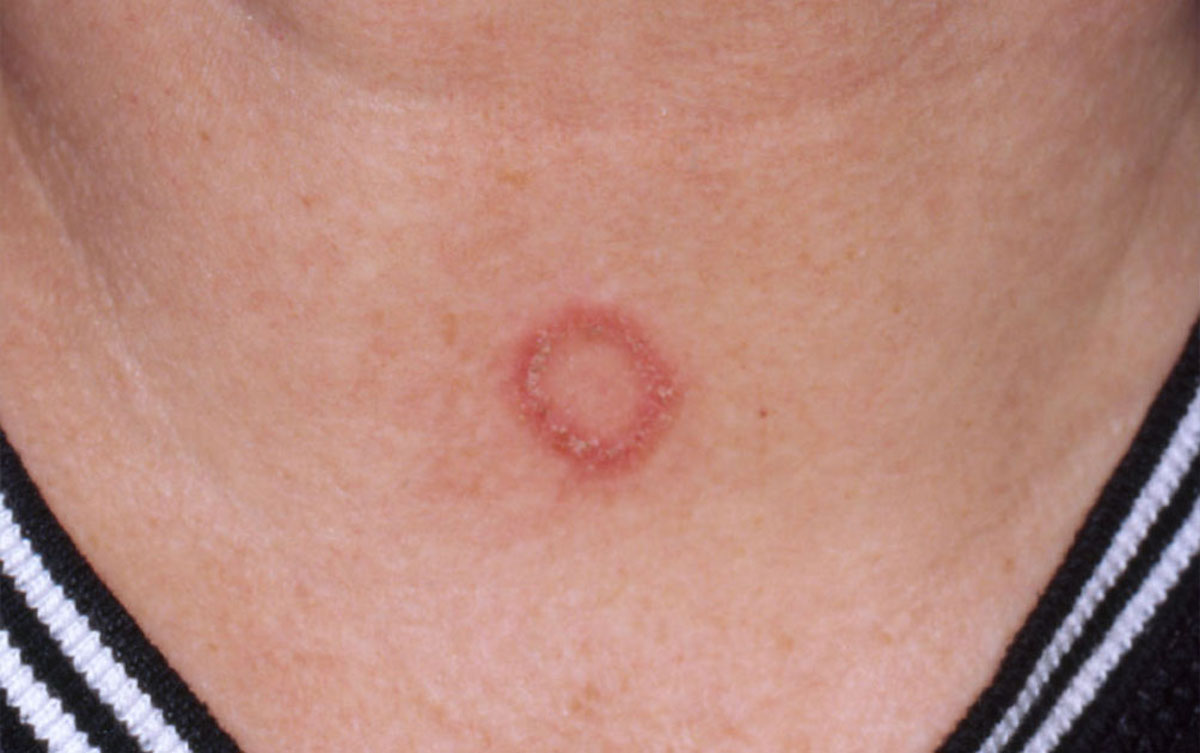These days there are so many skin rashes, infections, or problems, that it sometimes feels like that almost everyone suffers from a sort of skin disorder. One of the most common skin infections in our country is called ringworm or Tinea Corporis. Approximately 20% to 25% percent of the world population is affected by this highly contagious skin infection. This makes it important for everyone to know exactly what it is, how to recognize it, and whether there are ways to get rid of it.

What Is Ringworm?
Ringworm is a skin infection, but contrary to its name, it is not caused by a worm, but by a fungus. It gets its name from the form it gets on the skin. It’s a red, ring-shaped skin plaque type of scaly rash. It is highly contagious and spreads via (close) contact. This can be another infected person, animal, or item. For example, using unwashed clothes of an infected person or a public locker room.
Types of Fungal Infections
Ringworm can appear on every body part, but when it’s not on your arms, legs, torso, or face it’s considered a different type and is called differently. These other types of ringworm include:
- Tinea pedis, also called athlete’s foot. A fungal infection between the toes and on the soles of the feet.
- Tinea cruris, also called jock itch. A fungal infection in the groin, upper thighs, and/or rectum
- Tinea capitis, also called scalp ringworm. A fungal infection on the scalp
- Tinea mannuum, ringworm on your hands
- Tinea barbea, ringworm on your neck, chin, and/or cheeks
- Onychomycosis, also called (toe)nail fungus. A fungal infection under/in the nails
Everybody is at risk of getting ringworm, but there are a few factors that increase this. Continue reading on the next page and discover, among others, what they are and how you can recognize this type of skin infection.

